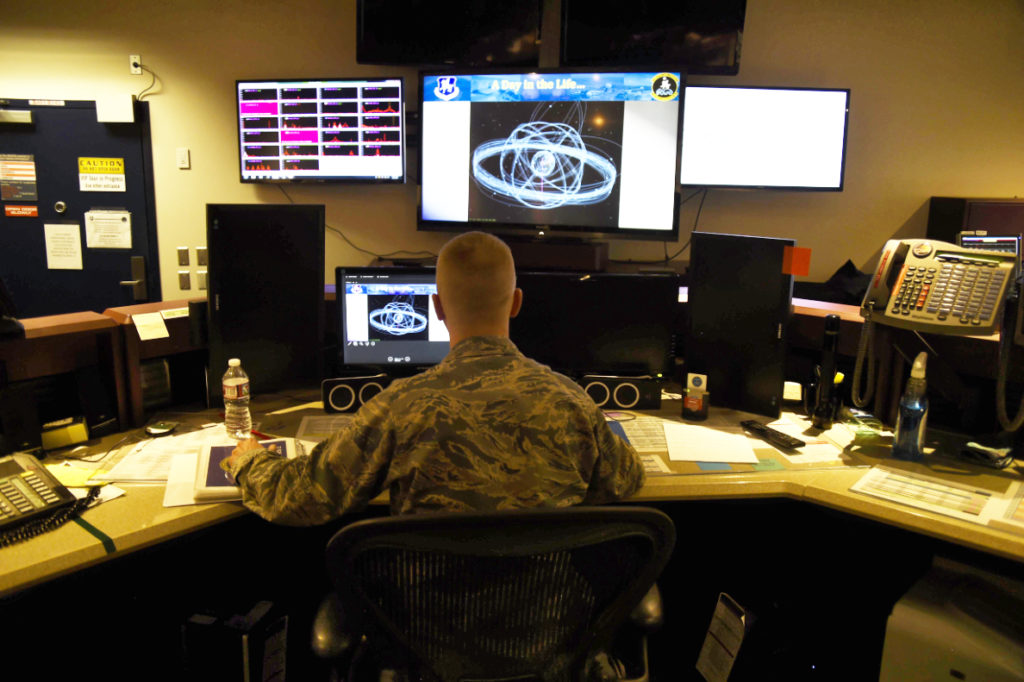
Lockheed Martin (NYSE: LMT) and Ball Aerospace have successfully completed a phased array transmit test for a Multi-Band, Multi-Mission (MBMM) antenna.
MBMM helps to enable multiple satellites to simultaneously connect with a single-phased array antenna system, using multiple frequencies. It increases throughput, while also shrinking the antenna’s footprint.

This marks a technology milestone for the United States Space Force’s MBMM program and moves the team one step closer to a full end-to-end satellite communication demonstration later this summer. This transmit test follows a similar successful receive test, which occurred in February.
The prototype antenna, awarded by the Defense Innovation Unit in April of 2019, features proven technologies at high maturity levels such as Lockheed Martin’s Horizon™ advanced satellite scheduler, Ball Aerospace’s modular subarray and panel design, and Kratos RT Logic advanced digital signal processing. Additionally, the prototype uses a ‘building block’ approach that can easily scale as the number of satellites increases or as the communication needs evolve.
The total number of commercial and military satellites in orbit is projected to increase at least four-fold in the next decade, with a projected tenfold increase in capacity needed within the Air Force Satellite Control Network (AFSCN). That growth necessitates new technologies like phased arrays which can connect to multiple space vehicles simultaneously, unlike traditional parabolic antennas. Phased array antennas also avoid significant mechanical maintenance costs when compared to parabolic dishes.

U.S. Air Force photo/Tech. Sgt. Julius Delos Reyes.
The MBMM prototype phased array is part of a broad initiative to modernize the existing AFSCN system and bring new technology faster to warfighters. MBMM increases AFSCN capacity and throughput while improving resiliency for ground infrastructure and satellite systems.
Executive Comments
“We are excited to partner with the Space Force on this phased array technology demonstration. This is a collaborative team with proven leadership in fielding large-scale L- and S-band communication phased arrays,” said Maria Demaree, VP and GM of Lockheed Martin Mission Solutions. “Our experience integrating antennas into C2 systems is unparalleled.”

“Ball Aerospace has targeted investment in the core phased array technologies required to allow MBMM to address the Space Force’s mission needs while providing an affordable full system solution,” said Jake Sauer, VP and GM, Tactical Solutions, Ball Aerospace. “With the successful completion of the transmit test, we are looking forward to the full end-to-end mission demonstration of the phased array capability.”
